Reportar esta entrada
Más sobre la misma comunidad-colección
1966 Jugadores del equipo Texas Western (occidente)
50th Reunion of the 1966 NCAA Texas Western Basketball Team CBS ...
1966 Jugadores del equipo Texas Western (occidente)
Celebration at Cole Field House in College Park, Maryland, site ...
1966 Jugadores del equipo Texas Western (occidente)
Celebration at Cole Field House, College Park, Maryland on ...
La Corte de Comisionados Resolución 1 de febrero 2016
Commissioners Court Resolution Celebrating the 50th anniversary ...
Celebración del 50 aniversario del Texas Western Team (equipo de Texas occidental) 1966
Celebrating the Texas Western 1966 Basketball Champions with, ...
Jennifer Han - Pesaje en Southwest University Park - 2016
Tom McKay, Jennifer Han and Everett Thomas at weigh-in for ...
Jennifer Han - Pesaje en Southwest University Park - 2016
Jennifer Han will face Calixta Silgado of Colombia after her ...
Jennifer Han y David Ochoa - 2016
Jennifer Han and David Ochoa at weigh in at Southwest University ...
Jennifer Han - Pesaje en Southwest University Park - 2016
Jennifer Han - Weigh In At Southwest University Park - 2016 ...
Jennifer Han - Pesaje en Southwest University Park - 2016
Jennifer Han will face Calixta Silgado of Colombia after her ...
Stephanie Han - Pesaje en Southwest University Park - 2016
Stephanie Han - sister of Jennifer Han at Jennifer's weigh in at ...
1986 EPHS campeones de cociente de inteligencia
1986 EPHS High-Q city champions. El Paso High School won the ...
EPHS se prepara para jugar contra Eastwood High escuela secundaria
EPHS prepares to take on Eastwood High School in the bi-district ...

















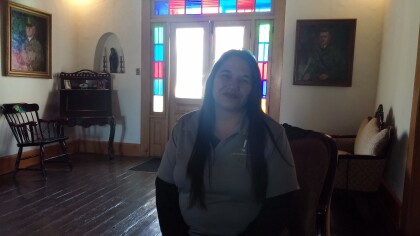
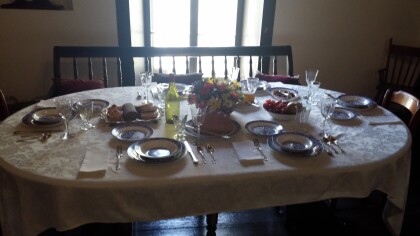
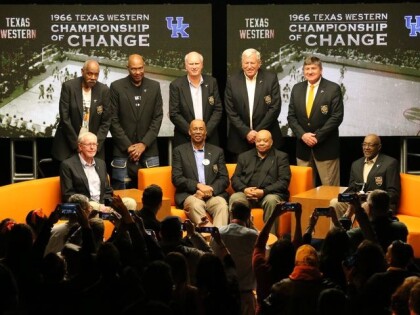
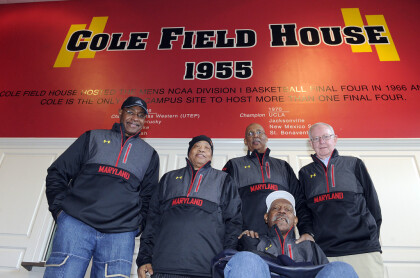
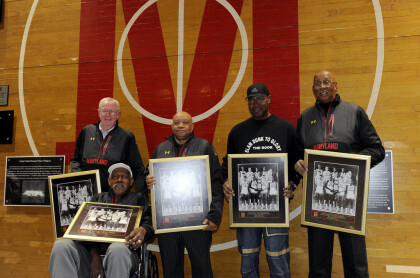
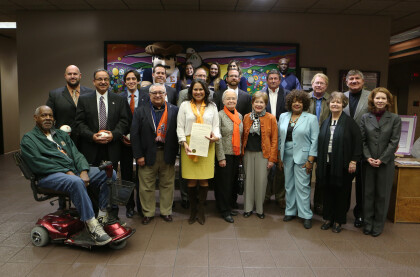

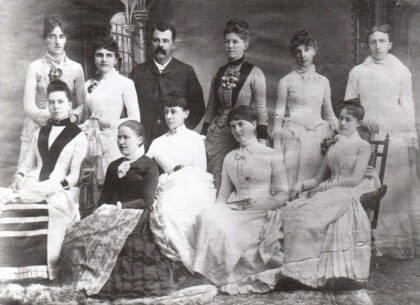
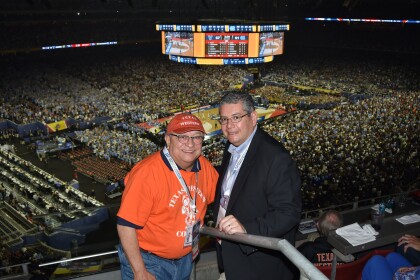
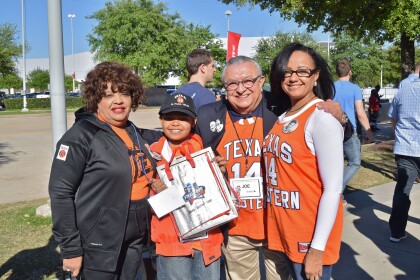
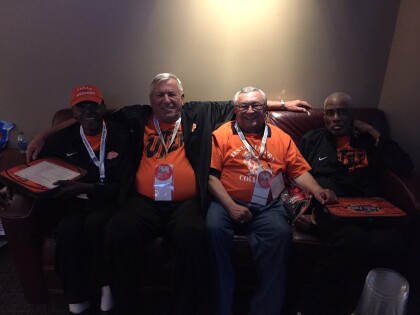
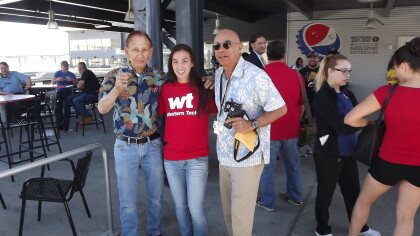

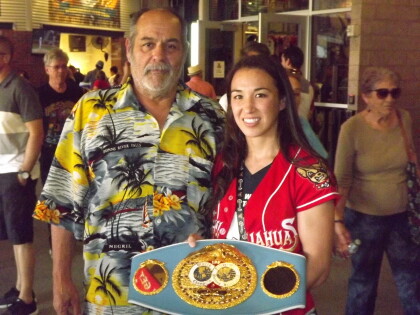



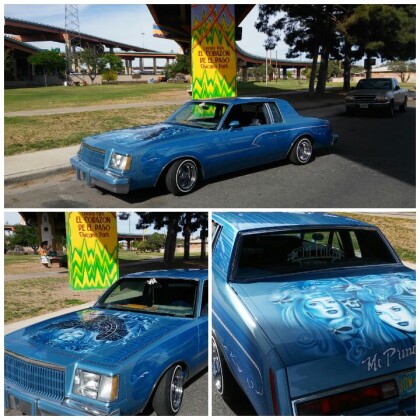
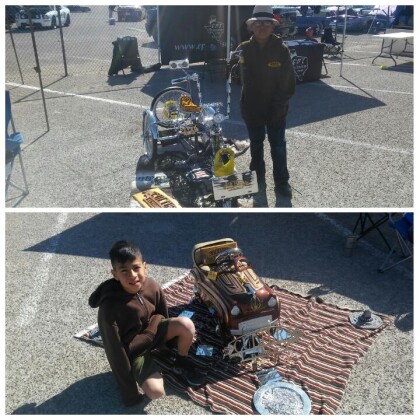
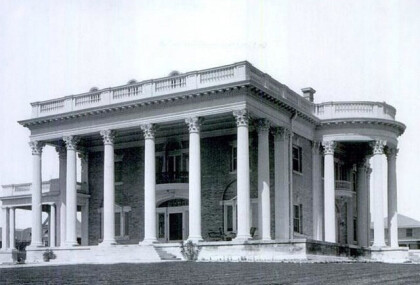
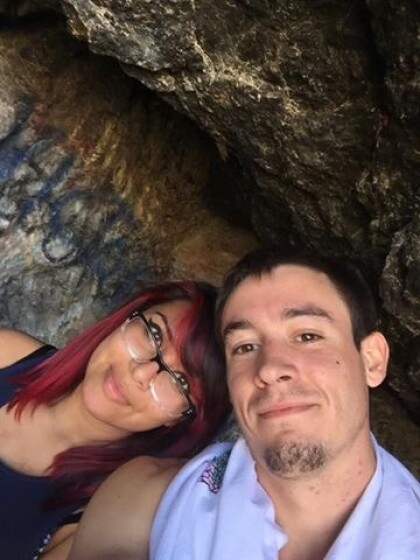
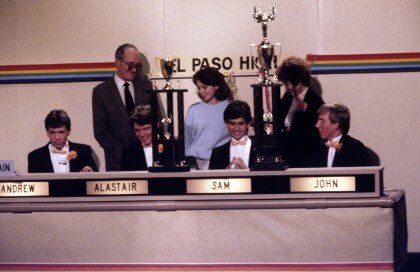

Comentarios
Hacer un comentario